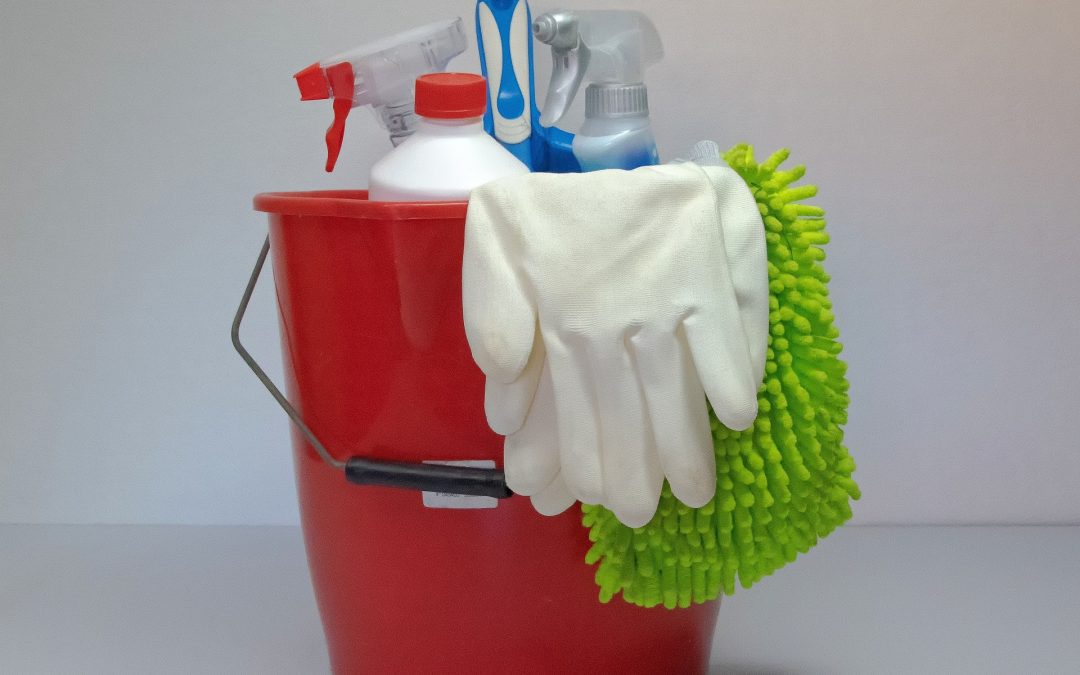Causes, Risks, and Tips for Avoiding Growth
Many RV owners are concerned about preventing mold and mildew in order to avoid potential health problems and financial loss. Unfortunately, many RV owners simply assume their RV insurance covers against mold and mildew, but in fact, that is often not the case.
What Causes Mold Growth?
Molds are found in damp and dark areas like
- air conditioners
- bathrooms
- carpets
- garbage containers
- mattresses
- old foam rubber pillows
- places with standing water
- refrigerators
- under sinks
- upholstery
Problems Associated With Mold
- Medical: Mold spores are microscopic organisms that can float through the air and cause problems with allergies, asthma, infections, and other respiratory issues. Anyone can suffer from medical issues related to mold. However, infants and children, the elderly, and those with weakened immune systems may experience more severe reactions. People with breathing problems like asthma or who have weakened immune systems should stay away from moldy sites.
- RV: If your RV has mold, everything that has been contaminated must be cleaned properly and dried. Items that cannot be properly cleaned and dried must be removed and thrown away.
A few tips on how to prevent mold and mildew
- Routinely check gaskets and seals. Making sure that your RV is well-sealed is one of the first steps to preventing a future moisture problem that could lead to mold or mildew.
- Allow air to circulate. Air circulation is critical in preventing mold and mildew in an RV, especially in humid environments. Keep air filters clean and maintain proper circulation at all times.
- Keep it clean. Use a simple solution of bleach and water when cleaning showers, sinks, or other areas associated with high humidity.
- Prompt repairs. Make sure all repairs are performed promptly and by a reputable service provider. Be sure to test the seal for window, vinyl or other repairs where moisture could become a problem.
- Leaks. A potential source of leaks includes sinks, hook-ups, and toilets. Schedule a routine leak inspection.
How to Remove Mold and Repair Your RV
Mold removal and repairs are serious projects that may be difficult or dangerous, so it may be best to get help from a professional. If you must remove the mold yourself, follow these steps:
- Wear Protective Gear: If you are removing any damaged property on your own, make sure you wear protective eye masks or goggles, filter face masks, gloves, a long-sleeved shirt, long pants, and waterproof boots to avoid contact with the mold.
- Dry the Structure: Clean and dry the structure as quickly as possible. If your RV has been empty for several days, open the doors and windows to let the RV air out for at least 30 minutes before you stay for any length of time. Open inside doors, especially closets and bathrooms. Open kitchen cabinets and bathroom vanity doors, and wipe them clean.
- Circulate Air: When electricity is safe to operate, use fans and dehumidifiers to remove moisture. Position fans to blow air out doors and windows.
- Remove All Contaminated Materials: Ensure that you have located all contaminated materials and personal property. Remove and dispose of anything that was wet and can’t be cleaned and dried completely.
- Cleaning: Clean with water and detergent. Remove all mold you can see. Dry right away. If you use cleaning products, do not mix cleaning products together. DO NOT mix bleach and ammonia because they can create toxic vapors. After you finish cleaning the RV, shower and change your clothes as soon as possible. This will help you avoid carrying mold and other hazards back to your current living quarters.
- Repair: Painting or caulking over mold will not prevent mold from growing. Fix the water or moisture problem completely and clean up all the mold before you paint or caulk. All mold must be removed and all areas must be disinfected before repairs can begin.
Resources
- Centers for Disease Control and Prevention (CDC) – Mold: https://www.cdc.gov/mold/default.htm This page provides comprehensive information on mold and its effects on health, as well as guidelines for cleaning up mold and preventing its growth.
- Environmental Protection Agency (EPA) – Mold and Moisture: https://www.epa.gov/mold This page offers a wealth of information on mold and moisture control, including tips on preventing mold growth and cleaning moldy surfaces in various settings, including RVs.
- RV Life – Tips to Prevent Mold and Mildew in Your RV: https://rvlife.com/prevent-mold-mildew-rv/ This article offers practical advice for preventing mold and mildew in RVs, specifically tailored to the unique challenges of maintaining an RV.
- Mold Advisor – RV Mold Removal: https://www.mold-advisor.com/rv-mold-removal.html This resource provides a step-by-step guide for removing mold from an RV, as well as tips for preventing future mold growth.
- Family Handyman – How to Prevent Mold and Mildew in an RV: https://www.familyhandyman.com/list/how-to-prevent-mold-and-mildew-in-an-rv/ This article provides a list of tips and tricks to prevent mold and mildew in an RV, including proper ventilation, moisture control, and cleaning techniques.
Remember, mold and mildew are preventable problems that are rarely covered by your RV insurance but could substantially reduce the appraisal of the RV.

